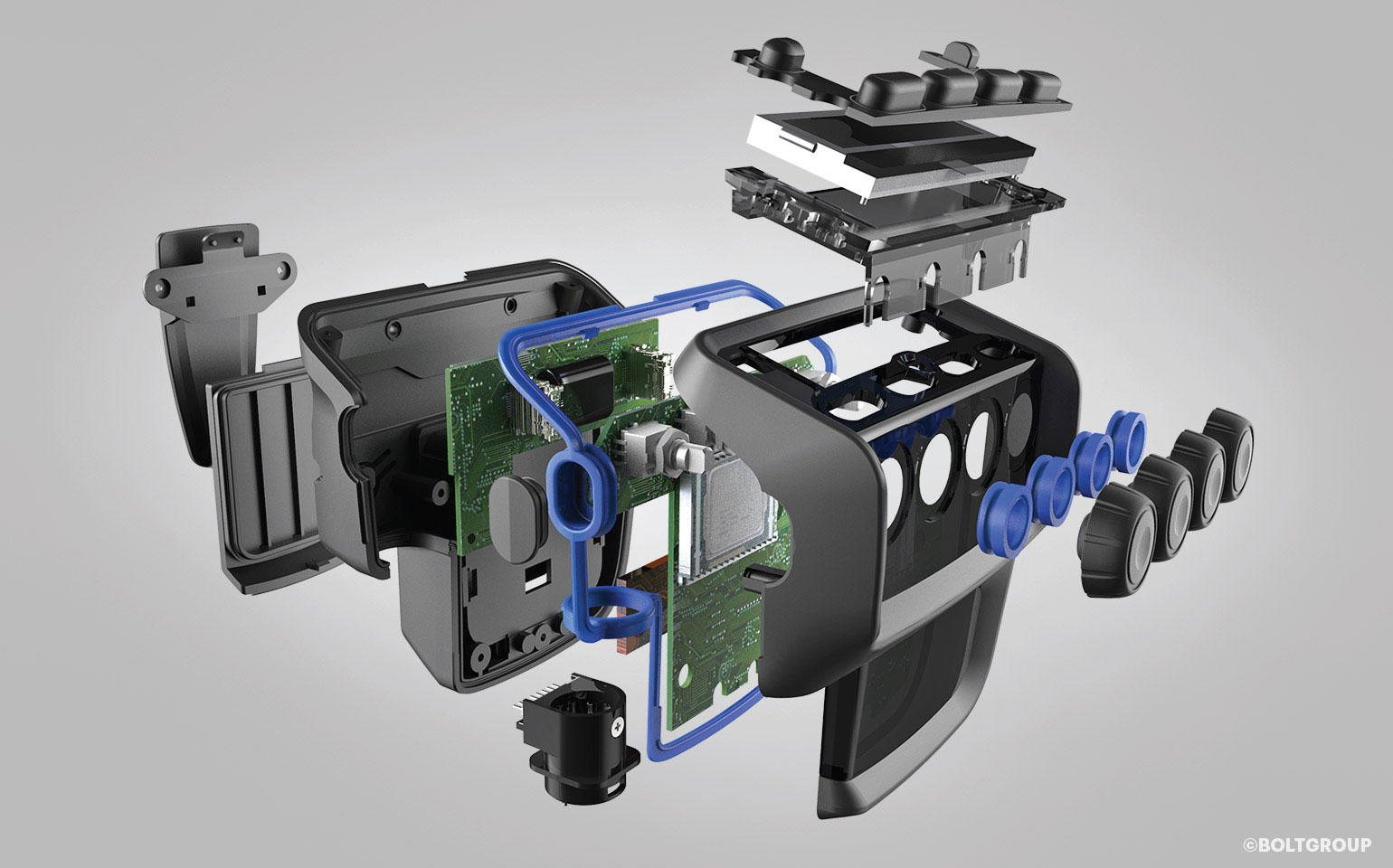As design director at BOLTGROUP, I have had the privilege of helping to develop some truly new and innovative ideas into manufactured products. With all of the planning and preparation that goes into new product development, there is one thing my clients often fail to plan for: success. Specifically, they fail to plan to expand a single product idea into a platform of products and solutions. In today’s retail environment, it takes more than a single product to steal the show. You need a product range, with features and price points to suit your different customers’ needs. Some clients are content to start small and “see how it goes”. But when you fail to take the long view, you miss some big opportunities during the development process to plan for, and accommodate, future product line expansion.
As I described in my earlier blog, “From Product to Platform”, planning for that expansion now doesn’t always mean putting down the extra cash up front. I was reminded of this recently during a meeting with one of our engineers to discuss an electronic product we were developing. The client was planning to introduce the product at a competitive retail price, and and couldn’t afford to include Wi-Fi or Bluetooth Mesh control. But they may want to add the capability later, especially if consumers show interest. Thanks to careful planning, we were able to add (nearly free) provisions on the circuit board that will allow the manufacturer to add the components later, when consumer demand warrants. If you think about your product as a platform, that grows and expands over time, you will be better prepared for success when it finds you.
There are several benefits to the product platform approach:
- Your product development dollar is stretched further because the bulk of the engineering and tooling is only designed and developed once.
- Instead of trying to please everyone with one product (usually impossible), a product range lets you cater individual products to different user groups.
- Many retailers prefer to offer a “good-better-best” product range, instead of a “one-off” product.
- Product platforms benefit from improved efficiency in manufacturing and service due to common parts, assembly, and packaging.
- A product family, with shared design characteristics, helps reinforce a strong and consistent brand. Consumers will better recognize your products.
- Oh yeah, and did I mention multiple, diversified revenue streams?
To create a product platform strategy that works for your business, you need to start with your market segmentation strategy. Based on the user types you want to target, describe the feature sets and product behaviors that work for each. With the help of product designers and engineers, you can identify which features make sense to group under the new platform umbrella.
At BOLTGROUP, we worked with our client CoachComm to develop a new beltpack radio platform with product SKUs for each of their current customer types, plus additional SKUs that would allow them to expand into new markets. All of the new products were based on the same core tooling. The manufacturer could swap tooling inserts to convert the parts between 2-channel, 3-channel, and 4-channel models. We even built flexibility into the design that allowed CoachComm to modify the color and branding of the products at their own facility. Armed with this flexible new product platform, CoachComm was able to better serve their current market (intercom for sports teams), while also expanding into studio production and industrial markets. And the product’s features could be customized on the manufacturing side to cater to each user type.
Executing a successful product platform strategy takes significant planning on the back end, but it doesn’t necessarily require a huge up-front investment. For one thing, manufacturers don’t have to develop and release all products at once. They can start with a core offering and build from there. They just need to make sure to accommodate for future expansion in the initial design.
For your next product development effort, ask yourself whether your business and customers would be better served by a product family, based on a common platform. And challenge your engineers and designers to deliver a design geared for flexibility and growth.
